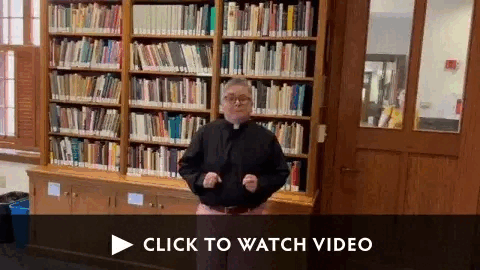I originally planned on sending a video this week, but I’m writing instead because I’m still recovering from Covid and it would take a lot to make myself look presentable! Remember that in my last video, we learned about the development of “Celtic” practices of Christian life in early Britain that were sometimes at odds with how things were done in Rome. Some of those differences were small, like the way monks cut their hair. Some were critically important for political and financial reasons. In the early British church, the real power brokers in the church were the abbots of monasteries rather than bishops. But one seemingly small difference in practice would rearrange how Christianity in Britain worked.
In the court of Northumbria, King Oswiu had been taught by Irish monks and followed their method for calculating the date of Easter. But Queen Eanflaed, his wife, was taught to calculate Easter according to the Roman method. When one half of a couple is celebrating Easter and the other is still fasting for Holy Week, it’s bound to create some tensions. In 664, a council was summoned to the great monastery of Whitby to settle the question once and for all: how do we know when it’s Easter?





